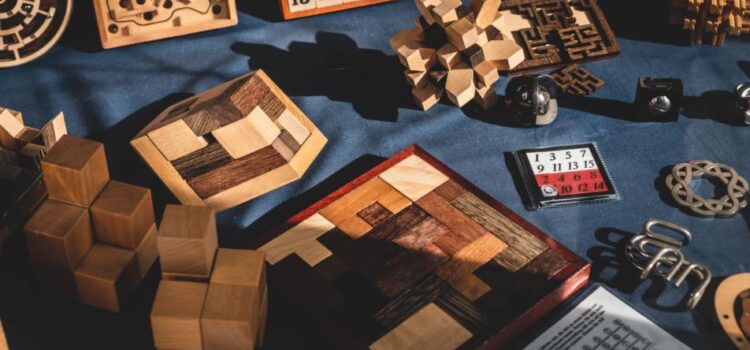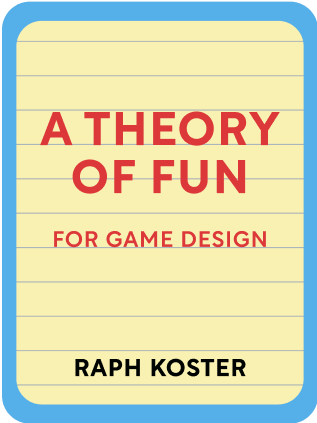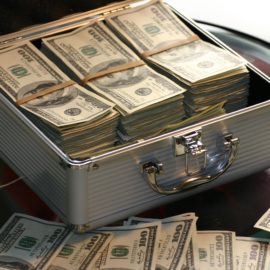

This article is an excerpt from the Shortform book guide to "A Theory of Fun for Game Design" by Raph Koster. Shortform has the world's best summaries and analyses of books you should be reading.
Like this article? Sign up for a free trial here .
What are games according to Raph Koster? Why are there so many differing opinions on what games are?
In his book about the theory of fun, Koster provides his own definition of what a game is along with the definitions of others. He concludes that, in general, games are puzzles designed to teach your brain new patterns.
Here is what Raph Koster has to say about what games are.
What Are Games?
In the book A Theory of Fun and Game Design, Raph Koster begins by explaining what a game is. Games involve thinking, and so a good place to start understanding games is to understand how we think.
On Cognition
When we think about things, it seems as though we’re generating novel thoughts all the time. In reality, cognition mostly uses your memory—your brain pattern matches what you see with past experiences. It recognizes a situation as “just another one of those.” The purpose of this pattern-matching is to conserve energy. Your brain is evolutionarily programmed to enjoy learning patterns.
The author argues that the value of art is to shake up your brain’s pattern-matching. Art forces you to see things in a new way, rather than what you remember them to be. A poem about a tree forces you to reconsider the ruggedness of bark and whimsey of the leaf.
Noise is any pattern we don’t initially understand. You can, however, learn to find the pattern underneath the chaos. For example, bebop jazz sounds like noise, until you understand the underlying patterns in tempo and musical chord progressions.
As we’ll learn, games are puzzles designed to teach your brain new patterns.
Varied Definitions of Games
There is a huge variety of games, from chess to basketball to videogames. There have thus been lots of attempts to define what a game is. Here’s a selection of definitions:
- Game designer and theorist Jesper Juul defines a game as “a rule-based formal system with a variable and quantifiable outcome, where different outcomes are assigned different values, the player exerts effort in order to influence the outcome, the player feels attached to the outcome, and the consequences of the activity are optional and negotiable.”
- Game designer Sid Meier, creator of the game Civilization, defines a game as “a series of meaningful choices.”
The author defines games as puzzles that teach underlying patterns for future use by providing live feedback to your actions, in an environment with lower stakes than reality.
Games and Reality
Games are obviously not reality—a game of Monopoly won’t cause you to lose your mortgage—but they do mirror reality. They are iconic depictions of patterns in the real world.
Games define formal systems that are cleaner than reality; they exclude noise, and thus the patterns of the game are readily absorbed.
However, games do teach aspects of understanding that carry over into reality, like how to understand yourself, how to understand the actions of others, and how to imagine.
Games and Rigidity
Games that rigidly define rules and situations are more susceptible to mathematical analysis. The more rigidly constructed your game is, the more limited it will be. This is why a relatively simple game like Tic Tac Toe is more limited and less replayable than a complicated game like chess.
For games to be long-lasting and keep the attention of the player, they need to integrate less rigidity and more complexity. These may be math problems we don’t know the solution to, or more complex and unpredictable variables like human psychology or physics.

———End of Preview———
Like what you just read? Read the rest of the world's best book summary and analysis of Raph Koster's "A Theory of Fun for Game Design" at Shortform .
Here's what you'll find in our full A Theory of Fun for Game Design summary :
- What makes games fun
- Why it's important for games to have a learning component
- Whether or not games should be considered art






